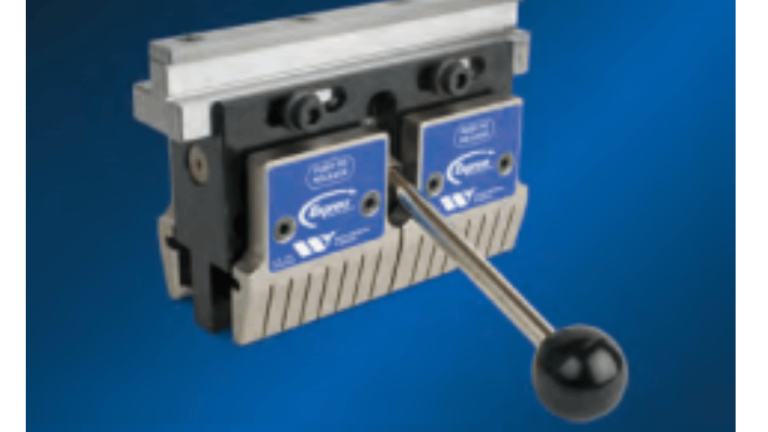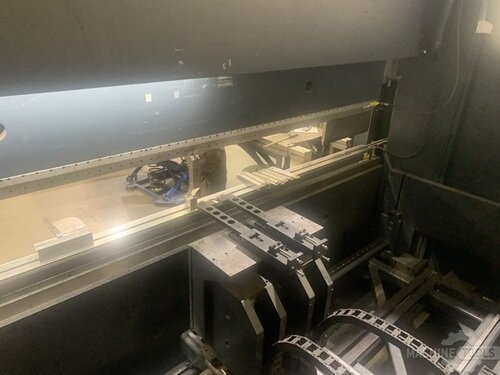As a Regional Sales Executive at Mac-Tech, I’ve had the privilege of working closely with numerous fabricators across the Midwest. One observation stands out: the relentless pursuit of efficiency. Fabricators are always looking for ways to reduce setup times and alleviate operator fatigue. With Rytech Press Brakes and their robotic integration, we’re witnessing transformative changes in how shops operate.
Comparing Robotic and Manual Setup Times in Real Shops
In many shops, setup time is a significant bottleneck. Traditionally, operators spend a considerable amount of time adjusting tools and settings manually. It’s not just about the time; it’s about the consistency and precision needed for each job. With Rytech Press Brakes, robotic integration can slash setup times dramatically. In real-world scenarios, I’ve seen setup times reduced by up to 50%. This isn’t just a time-saver; it allows operators to focus on more complex tasks rather than repetitive setup procedures.
Workflow Insights: Achieving Smoother Integration with Rytech Press Brakes
Integrating robotics with Rytech Press Brakes is about creating a seamless workflow. The key is in the communication between the robot and the press brake. Properly calibrated, the robot can handle material positioning with incredible precision, reducing errors and ensuring each piece is bent perfectly. The automation-ready design of Rytech machines allows for easy integration, minimizing downtime during the transition.
Decision Factors: Choosing the Right Automation for Your Shop
When considering automation, it’s crucial to evaluate your shop’s specific needs. A common issue I encounter is the mismatch between machine capabilities and shop requirements. Rytech Press Brakes, with their flexibility and ease of integration, offer a range of solutions that can be tailored to different production volumes and complexities. Assessing factors like production volume, part complexity, and workforce skills can guide you in choosing the right level of automation.
ERMAKSAN POWER-BEND FALCON BENDING MACHING
ERMAKSAN SPEED BEND PRO
Real-World ROI: Impact of Robotic Integration on Fabrication Efficiency
The return on investment for robotic integration is substantial. Beyond just reducing setup times, automation enhances overall throughput and consistency. I’ve seen shops increase their production capacity by 30% while maintaining high-quality standards. The reduction in manual labor not only cuts costs but also reduces operator fatigue, leading to fewer errors and higher job satisfaction.
Future Investments: Where Smart Fabricators Are Heading Next
Looking ahead, the trend is clear: smart fabricators are moving towards more comprehensive automation solutions. This includes advanced software integration and predictive maintenance capabilities. Rytech Press Brakes are at the forefront, offering solutions that are not only efficient today but also scalable for future advancements.
FAQ Section
What wattage should I choose for my press brake?
The wattage depends on the thickness and type of material you frequently work with. Higher wattage allows for faster processing of thicker materials.
How does automation integration impact maintenance?
Automation can simplify maintenance by reducing wear and tear on manual components and providing diagnostic data to predict maintenance needs.
Is training required for operators when integrating robotics?
Yes, training is crucial to ensure operators can efficiently manage both the robotic systems and the press brakes.
What is the typical lead time for installing a Rytech Press Brake with robotic integration?
Lead times can vary, but typically range from 8 to 12 weeks, depending on customization and shop readiness.
How does software integration enhance the efficiency of Rytech Press Brakes?
Advanced software allows for precise programming, reducing setup times and ensuring consistent quality across batches.
Thank you for exploring the benefits of robotic integration with Rytech Press Brakes. If you’re considering this step or want a personalized walkthrough, don’t hesitate to reach out. I’m here to help you navigate the future of fabrication with confidence.
Get Weekly Mac-Tech News & Updates








